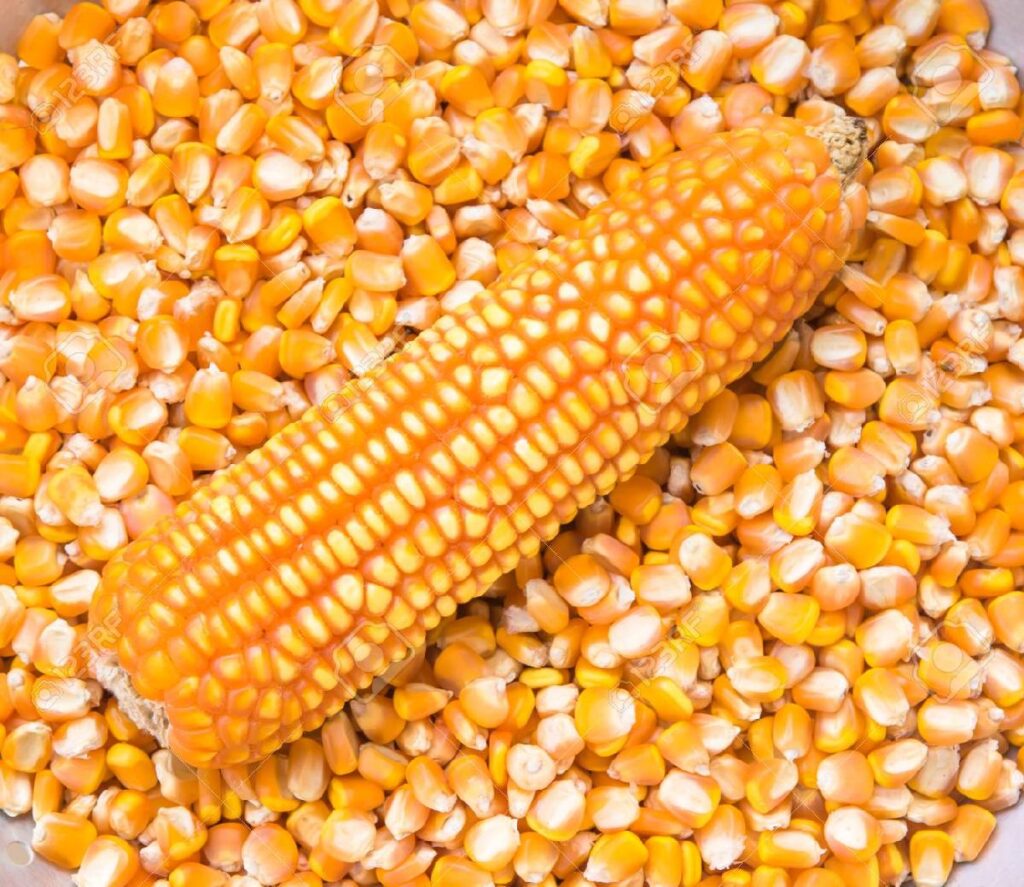Yellow Corn

Yellow Corn
Yellow Corn or maize, is a major feed grain in wealthy nations and a staple food grain around the world, especially in Africa, Latin America, and Asia. Numerous food (grain, flour, syrup, oil, etc.) and non-food (cosmetics, adhesives, paints, varnishes) applications exist for the yellow corn (maize) grain. Other important products of yellow corn (maize) are oil and starch (Ecocrop, 2010). One of the main feed grains and a staple in cattle diets, maize serves as an energy source for the animals. When estimating the nutritional content of other grains, yellow corn (maize) is usually compared. Animals can be given a variety of byproducts from the processing of maize for flour (hominy feed, bran, germs, oil meal), starch (corn gluten feed, corn gluten meal), and alcohol/biofuel industries (distillers’ dry grains and solubles).
Numerous cultivars of yellow corn (maize) have been developed by breeders to match particular climatic or agronomic conditions and applications. The most common variety of maize that is farmed and usually used as feed is called “dent corn.” Some varieties, like flour corn, popcorn, sweet corn, and flint corn, are primarily meant for culinary purposes. A number of variants, such as those with high tryptophan, high lysine, high oil, high amylose, low phytate, and so on, have been developed to enhance the industrial or nutritional value. Because brown midrib yellow corn (maize) contains less lignin, cattle can digest it more easily. The purpose of genetically modified (GM) maize varieties is to enhance grain performance, including tolerance to pesticides, herbicides, and increased yields.
